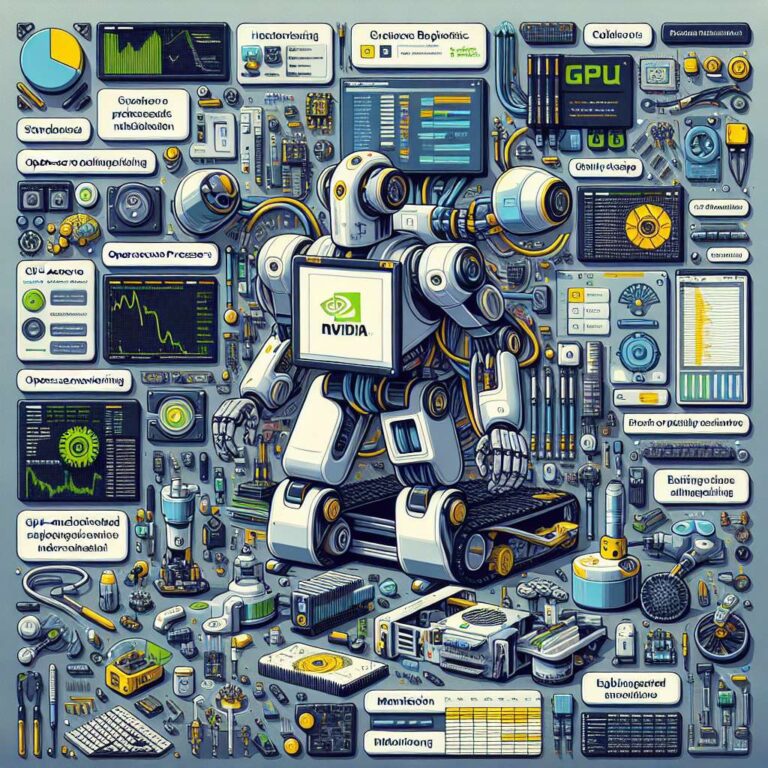At ROSCon in Singapore, NVIDIA announced a series of open-source contributions and partnerships intended to accelerate robotics development and production deployments using Robot Operating System version 2. The company said it is supporting the Open Source Robotics Alliance Physical Artificial Intelligence special interest group, which focuses on real-time robot control, accelerated Artificial Intelligence processing and improved tools for autonomous behavior. NVIDIA framed the work as part of broader efforts to make ROS 2 the open, high-performance framework of choice for real-world robotics applications.
Technically, NVIDIA is contributing GPU-aware abstractions to ROS 2 so the framework can recognize and efficiently manage a range of processors, from CPUs to integrated and discrete GPUs, with the aim of ensuring consistent high-speed performance across diverse hardware. The company also open-sourced Greenwave Monitor, a tool intended to help developers identify performance bottlenecks and accelerate debugging and optimization. In addition, NVIDIA released Isaac ROS 4.0, a collection of ROS-compatible, GPU-accelerated libraries and Artificial Intelligence models, and made it available on the NVIDIA Jetson Thor platform for deploying physical Artificial Intelligence and robotics workflows. Isaac ROS 4.0 includes CUDA-accelerated libraries and reference workflows for manipulation and mobility tasks.
NVIDIA highlighted a broad partner ecosystem integrating its tools and platforms. AgileX Robotics, canonical, ekumen, intrinsic, KABAM robotics, open navigation, robotec.ai, ROBOTIS and stereolabs were named as users or collaborators leveraging Jetson modules, Isaac Sim, Omniverse simulation, Triton inference server and Isaac foundation models. Robotec.ai and NVIDIA are collaborating on a new ROS simulation standard now integrated in Isaac Sim, and partners are demonstrating real-world applications such as multi-camera perception, digital twin visualization and advanced navigation. NVIDIA emphasized contributions spanning core framework improvements, simulation tools and production-ready hardware to support the open-source community building the next generation of physical Artificial Intelligence for robots.

